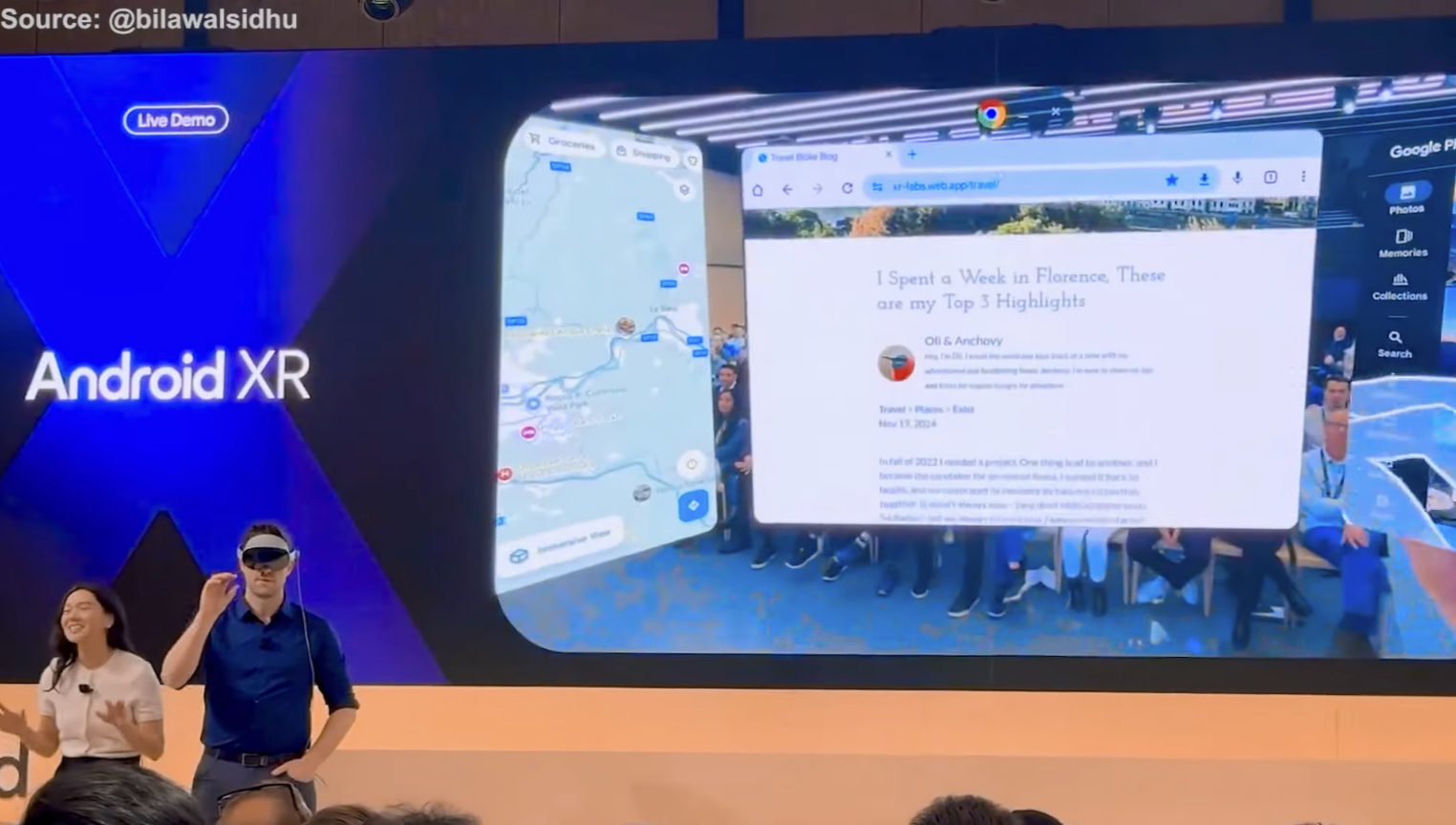Augmented Reality (AR)
221 readers
1 users here now
Augmented Reality (AR) related topics only (for now)
Rules:
- Toxic behavior = ban
- No NSFW
founded 6 months ago
MODERATORS
1
2
4
5
6
7
8
9
10
11
12
13
14
15
16
17
18
19
20
21
22
23
14
25
view more: next ›

